TABLE OF CONTENTS
In the showdown of 3-Pin vs 4-Pin Fans, which comes out on top and why?
What are the actual differences, and when should you be choosing one or the other? I’ll be diving into the answers to these questions and more in the article below.
A Brief on Case Fans and RPM
First, let’s break down the core points you need to know before we’re breaking down the difference between fan connectors. Case fans come in a variety of form factors, each denoted by a length in millimeters.
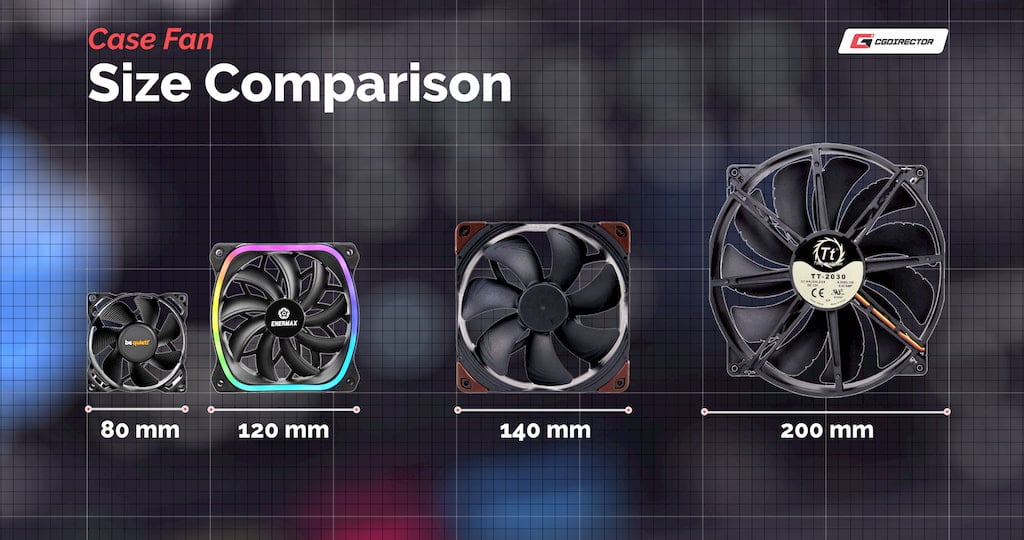
The most popular sizes are 120mm and 140mm, and these numbers correspond to the length of each equal-length side.
They’re squares! But a little bigger in the palm than you might expect.
3-Pin vs 4-Pin Fans Compared
A 3-Pin Fan is, for all intents and purposes, a completely regular case fan.
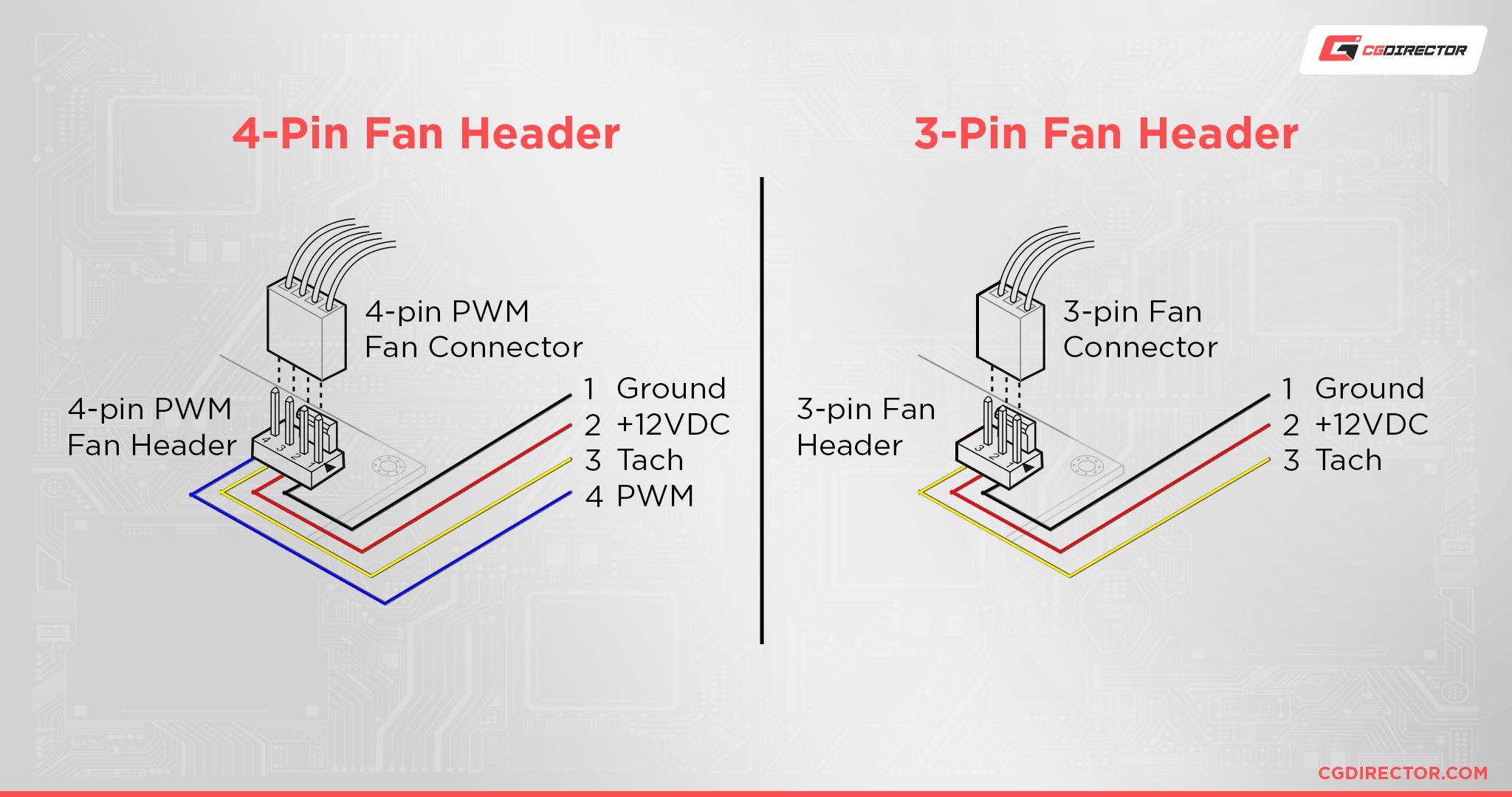
A 4-Pin Fan is also a completely regular case fan, but, you guessed it, with a 4-pin connector.
The only meaningful difference between 3-Pin and 4-Pin fans is this connector, which adds Pulse Width Modulation to the equation.
Here’s how 3- and 4-Pin fans compare:
| 3-Pin | 4-Pin | |
|---|---|---|
| Cost | Lower | Higher |
| Minimum speed | ~40% of max RPM | ~20% of max RPM |
| Fan speed control | Basic on supported motherboards (voltage regulation) | Precise |
PWM (Pulse Width Modulation) Explained
PWM, or Pulse Width Modulation, is the method through which PC fan speed is controlled.
Specifically, through a 4-Pin Fan connector, pulse width modulation controls the rhythm and capacity at which power is delivered to the fan. In other words, the fan’s motor is turned off and on extremely quickly, in a pulsing fashion, instead of supplying the motor with power continuously.
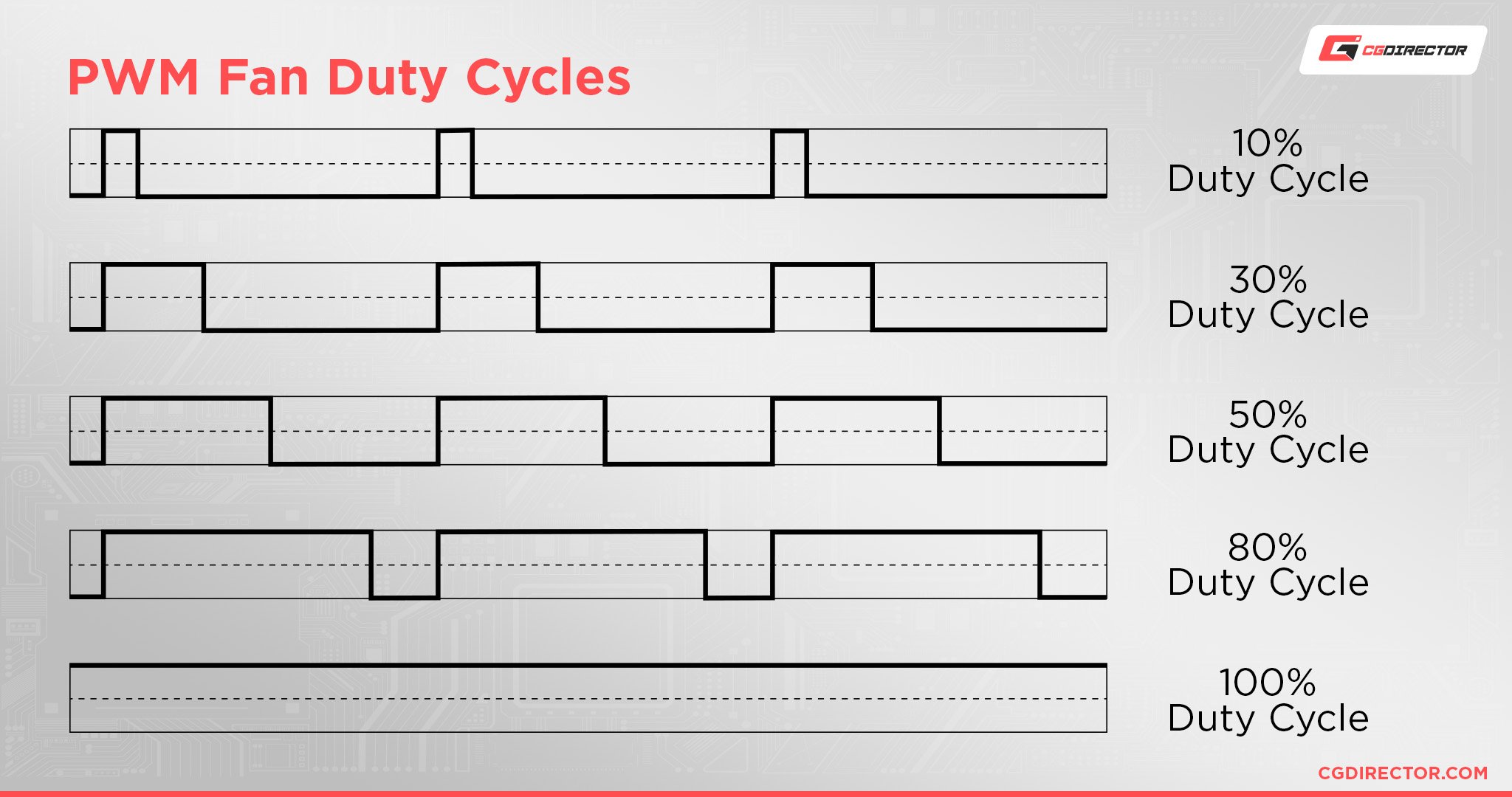
PWM enables more precise fan speed control, which makes PWM fans invaluable for CPU cooling fans and quietness-focused case cooling fans.
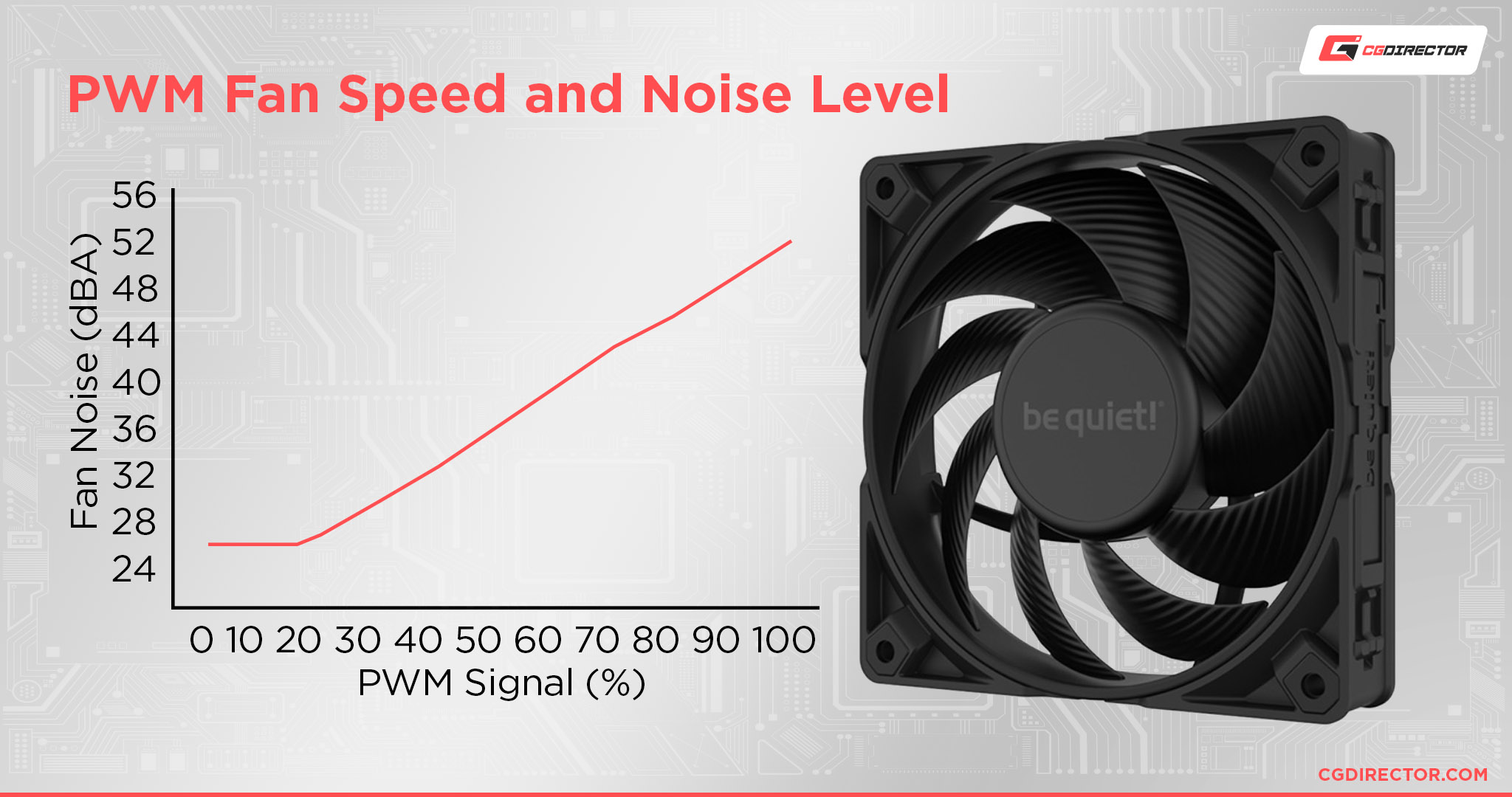
Image Credit: Techpowerup
Do you need 3- or 4-Pin Fans?
If your motherboard has 3-Pin Fan headers only, then there’s no reason for you to buy the more expensive 4-Pin Fans as the PWM functionality would be wasted. The same is true if you’ll be running these fans at a continuous RPM. You won’t be needing the fine-grained control of a 4-Pin PWM Fan.
Buy 4-Pin PWM fans if your motherboard has 4-pin fan headers and your goal is to achieve precise fan RPMs that ramp up and down depending on your CPU’s (or other sensor’s) temperature.
If your budget is limited and you don’t want to invest into 4-pin fans, but still need your fans to ramp up and down, most modern motherboards have a featured called voltage-regulation, that’ll limit the voltage supply to fan headers, essentially allowing 3-pin fans to change their fan speed. This kind of regulation is far less precise compared to PWM, though.
FAQ
Do Laptop Fans Have PWM?
Yes! While laptops certainly have some cooling compromises compared to desktops, any* decent laptop is going to have PWM fans.

Unless you’re an Apple engineer who thinks creating a fanless laptop designed to overheat is a good idea. Which…it kind of was!
They’re called Macbook Air M1s and M2s, and as covered by Petar in his article, the M1 and M2 stand up pretty well in benchmarks.
I’d especially recommend them paired with a laptop cooling pad, which should help them more sustainably run at the peak of those benched capabilities.
Are 3-Pin Fans Still Worthwhile In a Quiet PC Build?
Depends on the 3-Pin Fan!
Larger fans tend to circulate air more quietly in general due to running at lower RPM (Rotations Per Minute) than smaller fans.
However, a 3-Pin Fan will be fixed to its maximum decibels in noise output at all times since it’ll always be running at full RPM, or intensity.
The only way to mitigate this downside is to find the quietest appropriate 3-Pin Fan, which is still worthwhile if you don’t have access to fan controls. But in most cases, a quiet PC build would be best suited using PWM fans and PWM fan control hubs.
Over to You
And that’s all!
I hope this article helped give some core insight into the workings of the cooling fans that power many of our electronics.
Pulse Width Modulation is also widely-applicable to engineering in general, but that’s when we would be wandering out of my wheelhouse and into the wheelhouse of the madmen who made a laptop without cooling fans. How did they get away with it?
Stick around here on CGDirector for the answers to these questions and more, from me and the rest of the team. Feel free to ask them in the comments, or come hang out with us in our enthusiast-populated Forums. Until then, or until next time!
![3-Pin vs 4-Pin PC/Case Fans Compared [Differences & Which you’ll need] 3-Pin vs 4-Pin PC/Case Fans Compared [Differences & Which you’ll need]](https://www.cgdirector.com/wp-content/uploads/media/2023/03/3-Pin-vs-4-Pin-Fans-Twitter-1200x675.jpg)
![Where Do You Connect PC Fan PWM Cables To? [Beginner’s Guide] Where Do You Connect PC Fan PWM Cables To? [Beginner’s Guide]](https://www.cgdirector.com/wp-content/uploads/media/2023/12/Where-Do-PWM-Cables-Go-Beginners-Guide-Twitter-1-594x335.jpg)
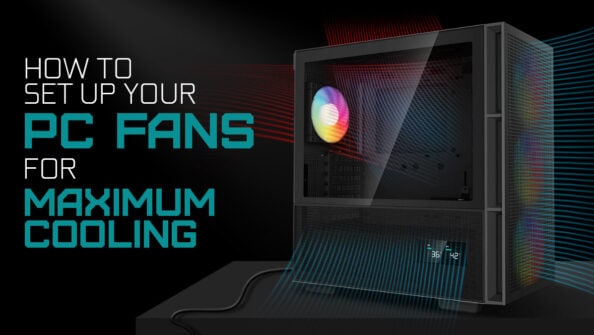
![What Side Should The Heatsink Fan Go On? [CPU Cooler Push or Pull] What Side Should The Heatsink Fan Go On? [CPU Cooler Push or Pull]](https://www.cgdirector.com/wp-content/uploads/media/2023/08/What-Side-Should-The-Heatsink-Fan-Go-On-CPU-Cooler-Push-or-Pull-Twitter-594x335.jpg)
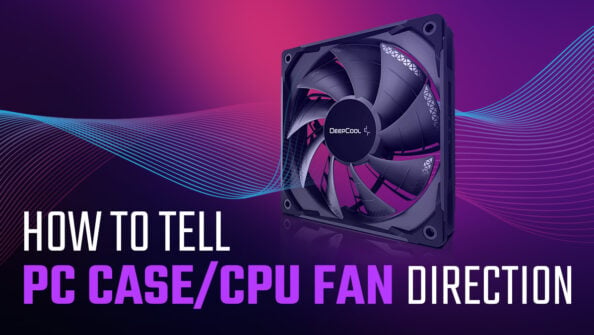

0 Comments